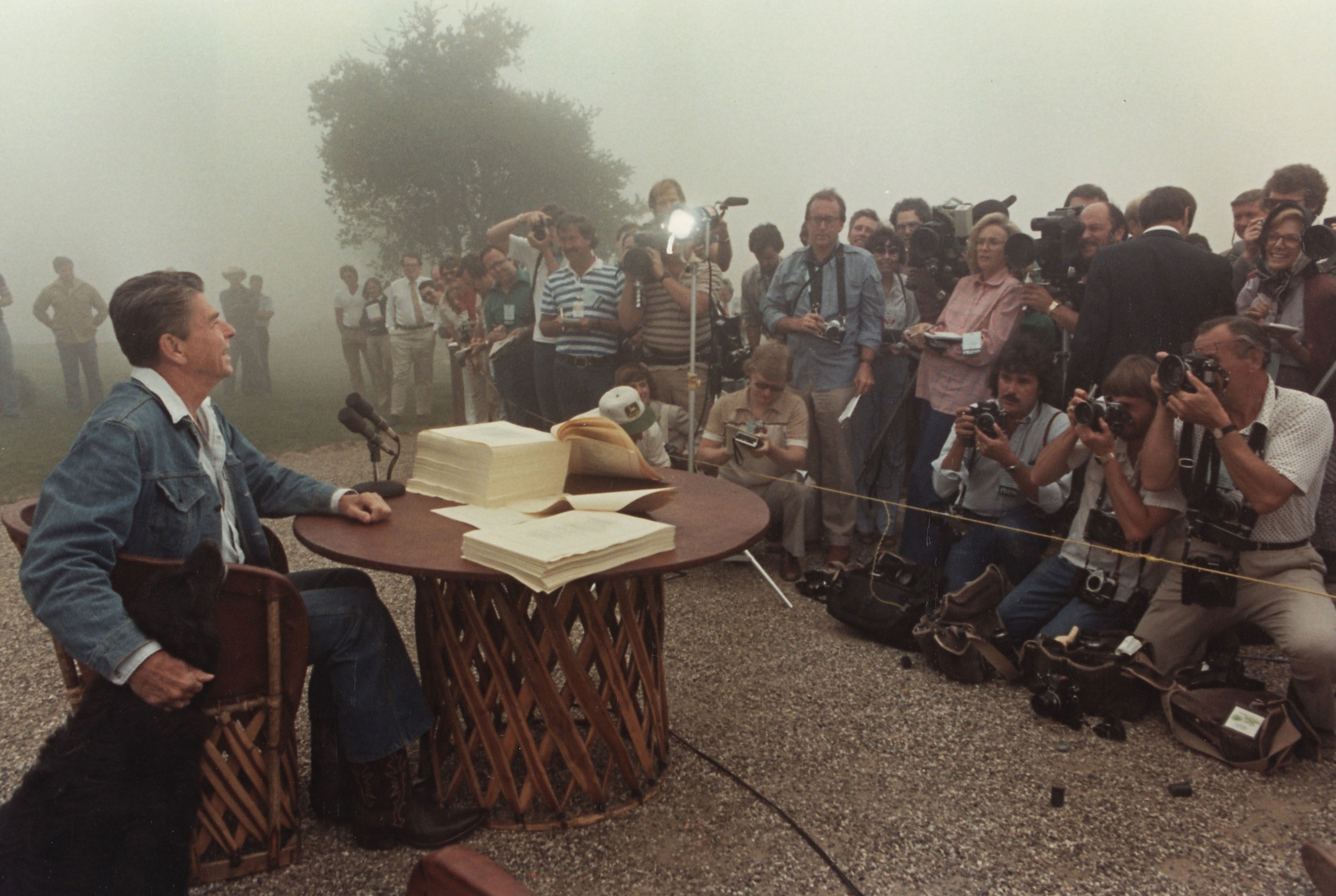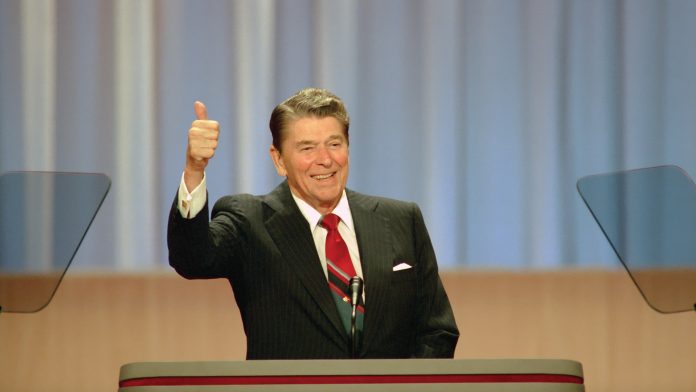(THIS ARTICLE IS MACHINE TRANSLATED by Google from Norwegian)
We've gotten so easy to forget shocking pictures, but the celluloid rolls released in March this year by Lawrence Livermore National Laboratory in California provide a sadly up-to-date tummy tuck. Around 6500 secret films that had begun to disintegrate, with recordings of nuclear weapons tests from the time between 1945 and 1962, were discovered and restored by a group of experts. 64 of these previously unseen footage of shockwaves and fireballs was posted on YouTube the same month that North Korea declared its intention to use its "highly esteemed justice sword", that is, its nuclear weapons, against the United States.
In particular, one black-and-white clip, a hypnotically close-up of a nuclear test in Nevada from 1957 called "Diablo," goes far beyond the usual grainy archive footage of atomic mushrooms taken from remote vantage points in the desert. Out of the darkness comes a splintering explosion with intricate, nightmarish details that seem to turn into the terrifying image of a huge insect. It's easy to understand why the US government chose to keep these films locked and closed for decades. One can imagine countless filmmakers using these glimpses into the apocalypse to formulate a compelling prayer for the destruction of all nuclear weapons.
[ihc-hide-content ihc_mb_type = ”show” ihc_mb_who = ”1,2,4,7,9,10,11,12,13 ″ ihc_mb_template =” 1 ″]From the beginning, Pettengill and Velez use this mountain of material to draw parallels to Trump's ongoing performance.
Crucial moments. Just the same week that cameras captured the terrifying sight of "Diablo" thousands of miles away, John Lennon and Paul McCartney met in a Liverpool garden company. The morning after the Nevada explosion, 15. July 1957, John Glenn completed the first supersonic transcontinental flight from California to New York in just under three and a half hours. In half a century, when documentaries set out to tell the year 1957, these vivid black-and-white images might represent crucial moments. One may wonder what well-guarded treasures are still waiting to be discovered in security classified vaults all over the world.
Like the scientists from Livermore, directors Sierra Pettengill and Pacho Velez also gained access to countless hours of potentially archival gold. Their CNN-produced documentary The Reagan Show rarely uses presidential recordings for conservative Ronald Reagan, the charismatic Hollywood actor who became the leader of the free world. From the beginning, Pettengill and Velez use this mountain of material to draw parallels to Trump's ongoing performance. Immediately after the filmmaker's name rolled over the canvas, the documentary cuts to a three-decade-old clip of Reagan commemorating a crowd with Donald Trump's signature promise from the election campaign: "Together we'll make America great again!"
 The filmmakers are to be commended for providing the film with all the stylistic features of the 1980 years – from the beauty spots in grainy VHS images to sultry synthesizer strokes that underscore the former president's private and public moments. The documentary is even structured as an easy-to-understand cash success from the Reagan era. Pettengill and Velez craft their narrative as if the Cold War warrior Reagan changed his mind about the arms race with the Soviet Union after watching the gloomy television drama The Day After (1983)
The filmmakers are to be commended for providing the film with all the stylistic features of the 1980 years – from the beauty spots in grainy VHS images to sultry synthesizer strokes that underscore the former president's private and public moments. The documentary is even structured as an easy-to-understand cash success from the Reagan era. Pettengill and Velez craft their narrative as if the Cold War warrior Reagan changed his mind about the arms race with the Soviet Union after watching the gloomy television drama The Day After (1983)
Have confidence, but verify. A lot of The Reagan Show are devoted to the top-level peace talks between sharp Russian leader Mikhail Gorbachev and Reagan, or what a keen commentator calls "the ultimate photo opportunity." At these historic events, the White House cameras often show Gorbachev, 20 years younger than Reagan, who skillfully plays with and occasionally teases the formal, male president.
Midway through the documentary, the filmmakers make a comical montage of the many press conferences and interviews in which Reagan repeatedly uses one of the few Russian expressions he knows: Trust but verify ("Trust, but verify"). The cheerful highlight comes when Gorbachev takes Reagan to use it once too often. "You repeat it at every meeting," the Russian leader says with a mischievous grin. "I like it," Reagan replies softly.
It is easy to understand why the US government chose to keep these films locked and closed for decades.
Power and self-deception. To constantly substantiate his Trump thesis, Pettengill and Velez sank together only the most ironic moments of the 1500 hours of original White House footage. The audience chuckles at the decade-old street interviews with passers-by who warn us that the Russians are untrustworthy and have already infiltrated the United States. This can be as entertaining it just will, though The Reagan Show never reaches any sort of definitive understanding of Ronald Reagan, the man or the myth, in that way Penny Lane's exploration of power and self-deception in the dense home movie Our Nixon (2013) succeeded in illuminating another US president.
The Reagan Show could have simply served to allow the treasure of archival material to be aired like a good wine. Early on, the documentary shows an anticipatory five-second cut where Reagan meets Michael Jackson Thrillerera, and the celebrity duo poses in front of the oval office's click-through cameras, pretending to be intrigued by the president's family photos. The Reagan Show clocks in at crisp 73 minutes. The question is why.
[/ ihc-hide-content]

